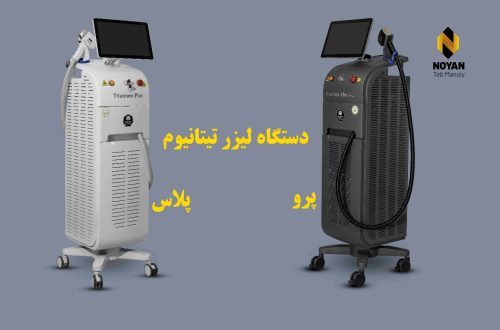In the evolving landscape of retail technology, the Point of Sale (POS) system stands out as a crucial component for seamless operations. One of the most exciting advancements in this field is the integration of cameras into POS systems. Far from being mere add-ons, these cameras significantly enhance functionality, streamline processes, and improve security. This article explores the multifaceted benefits and applications of cameras in modern POS Security.
1. Enhanced Security and Fraud Prevention
One of the primary advantages of integrating cameras into POS systems is heightened security. Cameras can monitor transactions in real-time, providing a visual record of each purchase. This feature acts as a deterrent to dishonest behavior, including employee theft and fraudulent activities. For example, if a transaction appears suspicious or if there’s a discrepancy between the scanned items and the receipt, the camera footage can be reviewed to resolve the issue promptly. This added layer of security helps protect businesses from financial losses and maintains customer trust.
2. Streamlined Checkout Process
Cameras also play a pivotal role in streamlining the checkout process. With the advent of camera-based barcode scanning, POS systems can quickly and accurately process items without the need for traditional barcode scanners. This technology reduces checkout times, minimizes human error, and improves the overall efficiency of the transaction process. Additionally, some POS systems use cameras for facial recognition, which can expedite customer identification and tailor the shopping experience based on individual preferences and purchase history.
3. Inventory Management and Loss Prevention
Accurate inventory management is vital for any retail operation, and cameras in POS systems can significantly enhance this aspect. Cameras can monitor stock levels, track the movement of goods, and even alert managers to discrepancies between physical inventory and sales data. This real-time monitoring helps prevent stockouts, overstocking, and theft. By integrating with inventory management software, camera-equipped POS systems provide comprehensive insights into inventory trends and help optimize stock levels to meet customer demand.
4. Improved Customer Experience
The integration of cameras in POS systems also contributes to a better customer experience. Cameras can facilitate features such as digital receipts and customer feedback collection. By capturing images of receipts or transactions, businesses can offer digital copies to customers, reducing paper waste and providing a more convenient way for customers to track their purchases. Additionally, camera-based feedback systems can capture customer reactions and comments, providing valuable insights for improving service and product offerings.
5. Data Analytics and Insights
Modern POS systems equipped with cameras can generate valuable data analytics. Cameras can capture visual data related to customer behavior, such as foot traffic patterns, dwell times, and interaction with promotional displays. This data can be analyzed to make informed decisions about store layout, marketing strategies, and product placement. By leveraging these insights, businesses can enhance their operational efficiency and tailor their offerings to better meet customer needs.
6. Integration with Other Technologies
Cameras in POS systems are not standalone features but are often integrated with other technologies to maximize their potential. For example, camera systems can work in conjunction with artificial intelligence (AI) to analyze customer behavior, predict purchasing trends, and personalize marketing efforts. Additionally, integration with cloud-based platforms allows for remote monitoring and management of POS systems, providing businesses with flexibility and control over their operations.





